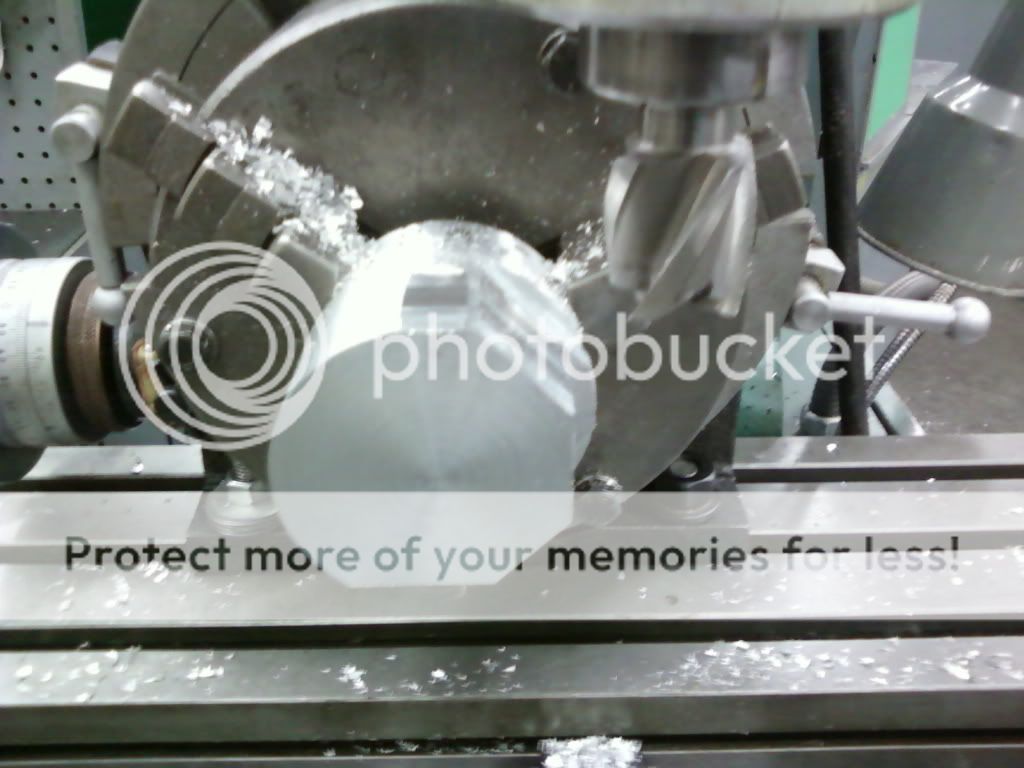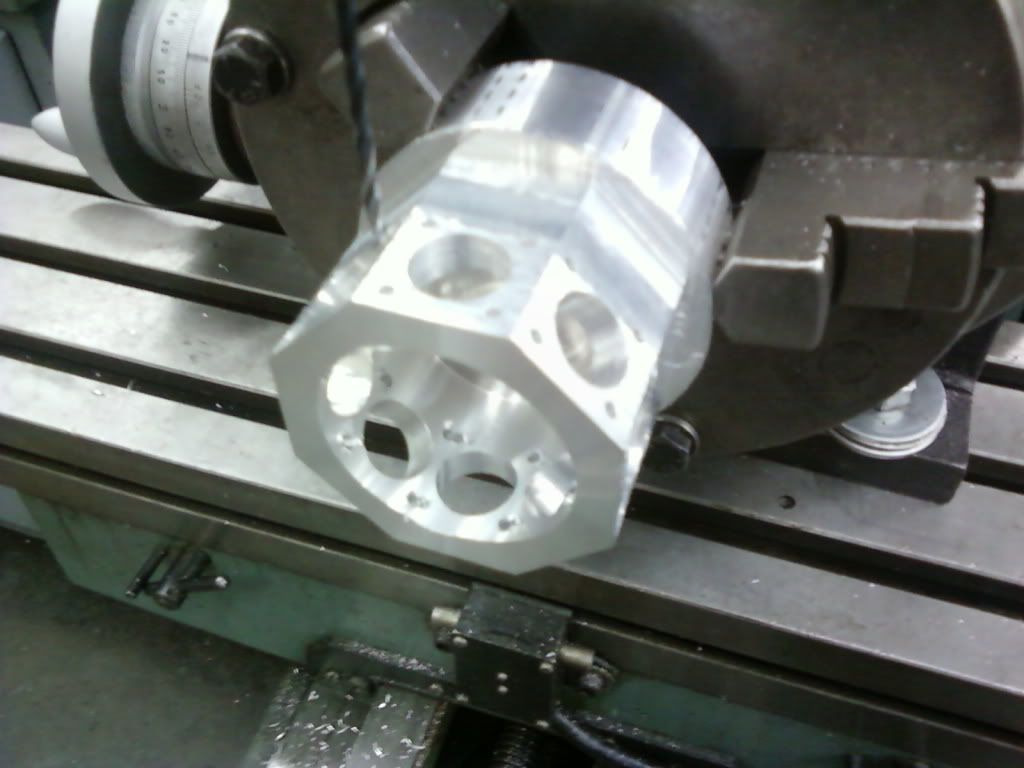modelman1838
Well-Known Member
- Joined
- Oct 1, 2011
- Messages
- 51
- Reaction score
- 6
Many years ago I made a small non geared rotary table to a George Thomas design, and of all the tools I have made this is the most used. Any job with an external radius and out it comes.
Hugh
Hugh








